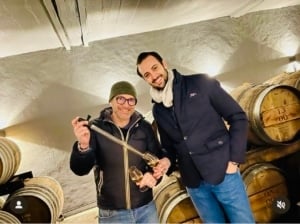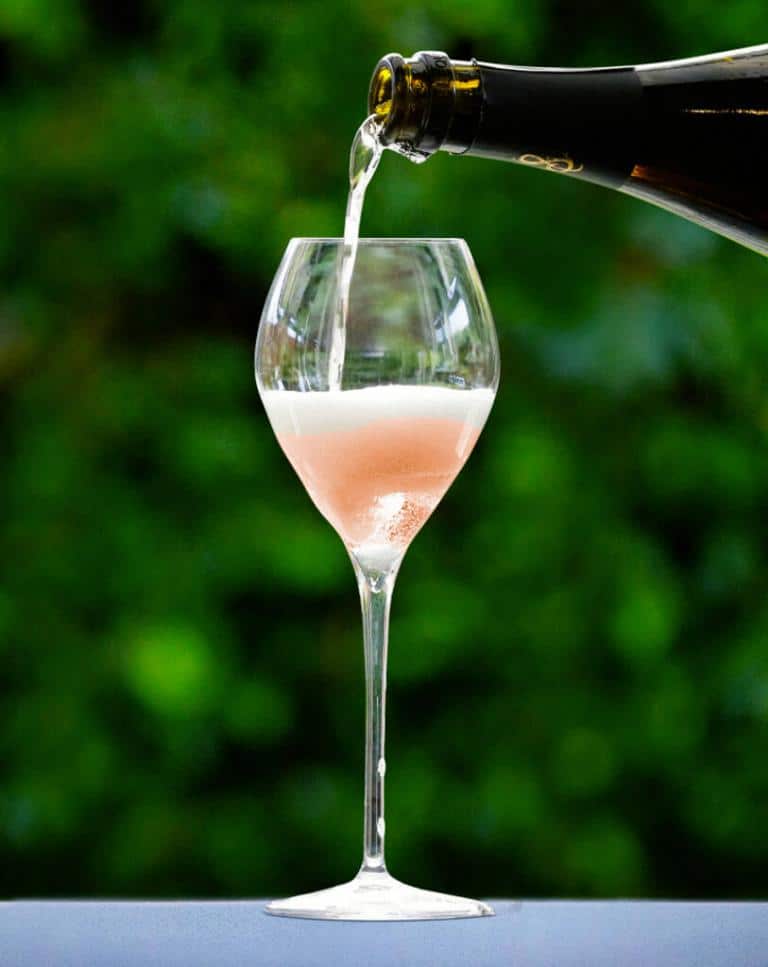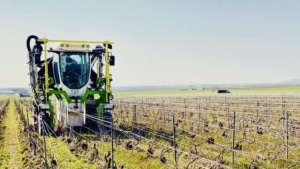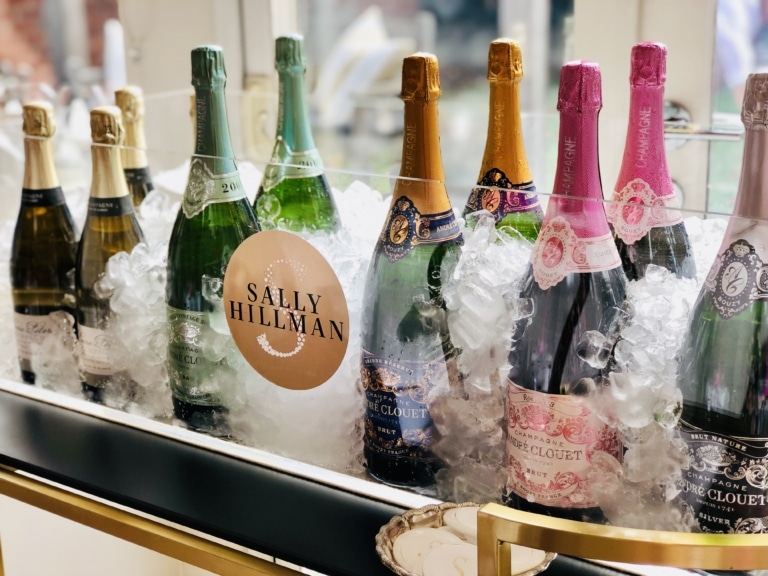
Champagnois brace for Brexit
Ready to explore champagne like never before?
Become a member of Australia’s first and foremost Grower Champagne Club / Community and immerse yourself in the world of finely crafted champagne. With a membership.
- Gain unparalleled access to Sally Hillman’s appellation cartography and comprehensive tasting notes (inclusive of food matches, glassware recommendations and much more!)
- Delve into the rich histories of esteemed champagne Houses
- Unlock enlightening lifestyle articles and educational content to elevate your appreciation and knowledge of all things Champagne.
Plus, you’ll enjoy exclusive monthly offers crafted just for our members.
Join now and discover true grower champagne connoisseurship.



